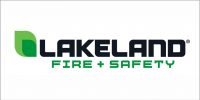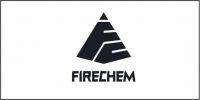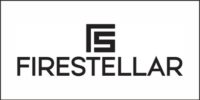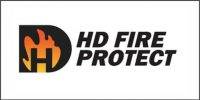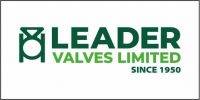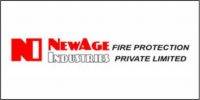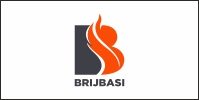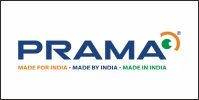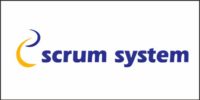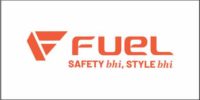 Disasters, both natural and man-made, can strike anywhere, but their impact is not felt equally across all segments of society. While some regions boast robust infrastructure and ample resources to mitigate and recover from disasters, others, particularly marginalized communities, face disproportionate challenges and vulnerabilities. This article delves into the nuances of an unequal disaster response, shedding light on the experiences of marginalized groups and exploring avenues for more inclusive disaster planning and management.
Disasters, both natural and man-made, can strike anywhere, but their impact is not felt equally across all segments of society. While some regions boast robust infrastructure and ample resources to mitigate and recover from disasters, others, particularly marginalized communities, face disproportionate challenges and vulnerabilities. This article delves into the nuances of an unequal disaster response, shedding light on the experiences of marginalized groups and exploring avenues for more inclusive disaster planning and management.
International Perspectives on Vulnerable Populations in Disaster Risk Management Laws
A comparative analysis of Disaster Risk Management (DRM) laws in Japan, the Netherlands, and the United States reveals disparities in the recognition and support of vulnerable populations. Despite the prevalence of measures targeting groups such as the elderly, children, and people with disabilities, a lack of clear definitions and anticipation of increasing vulnerabilities persists. The absence of standardized metrics for quantifying support further underscores the need for comprehensive research in this area.
Women’s Vulnerability in Natural Disasters: Insights from Bangladesh
In the coastal regions of Bangladesh, natural disasters pose unique challenges for women, who often bear the brunt of the devastation. A case study highlights the multifaceted impacts of disasters on women, including loss of livelihood, limited access to relief materials, and increased vulnerability to sexual harassment. While disasters exacerbate existing inequalities, they also provide opportunities for women’s transformative roles and underscore the importance of gender-sensitive disaster response strategies.
Prisons and Prisoners: Overlooked Vulnerabilities in Disaster Management
The plight of prisons and prisoners during disasters remains largely overlooked, despite evidence suggesting heightened vulnerabilities. Spatial, social, and political forms of marginalization intersect to compound the challenges faced by incarcerated individuals. Overcrowded facilities, limited resources, and isolation from external assistance exacerbate the risks faced by prisoners during disasters. Addressing these vulnerabilities requires greater visibility of prisons in disaster risk reduction policies and concerted efforts to integrate carceral institutions into broader disaster management frameworks.
Toward Inclusive Disaster Management
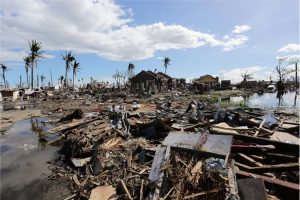 As we confront the realities of an unequal disaster response, it is imperative to prioritize the needs of marginalized communities in disaster planning and management. This necessitates a paradigm shift towards inclusive policies and practices that recognize and address the intersecting vulnerabilities of different population groups. By centering equity and social justice in disaster management frameworks, we can work towards building more resilient and equitable societies that leave no one behind in the face of adversity.
As we confront the realities of an unequal disaster response, it is imperative to prioritize the needs of marginalized communities in disaster planning and management. This necessitates a paradigm shift towards inclusive policies and practices that recognize and address the intersecting vulnerabilities of different population groups. By centering equity and social justice in disaster management frameworks, we can work towards building more resilient and equitable societies that leave no one behind in the face of adversity.
Enhancing Firefighter Safety: The Imperative for Particulate Protection in Firefighting Hoods
Firefighters brave perilous conditions to protect lives and property, but their noble duty comes with significant health risks, particularly from exposure to toxic smoke and particulate matter. While firefighting turnout gear offers comprehensive protection, traditional knitted protective hoods fall short in shielding against harmful particulates. Understanding the critical importance of addressing this gap in protection is paramount for ensuring the safety and well-being of firefighters on the front lines.
Recognizing the Health Threat: The Link Between Particulates and Cancer
The alarming rise in cancer diagnoses among firefighters underscores the urgent need for enhanced protective measures. Studies have revealed that firefighters face a significantly higher risk of cancer due to exposure to carcinogen-carrying soot and particulate matter. The head and neck areas, in particular, are vulnerable to smoke particle exposure, highlighting the crucial role of protective hoods in mitigating this risk.
The Limitations of Traditional Protective Hoods
While traditional knitted protective hoods offer thermal protection, they are permeable to particulate matter, making them inadequate for preventing skin absorption of harmful toxins. As the most penetrable piece of equipment in a firefighter’s ensemble, these hoods leave firefighters vulnerable to the long-term health consequences of exposure to carcinogens.
Introducing Particulate Protection Hoods: A Paradigm Shift in Firefighter Safety
Particulate protection hoods represent a paradigm shift in firefighter safety, offering an effective barrier against harmful particulates while maintaining essential thermal protection. Constructed from aramid fibers, these hoods are inherently heat- and flame-resistant, ensuring firefighters remain protected in high-temperature environments. The incorporation of a specialized particulate-blocking layer enhances filtration efficiency, capturing particles as small as 0.2 microns – a vital safeguard against the toxic components of smoke.
Setting Standards for Safety: Certification and Testing
In Europe, particulate protection hoods must adhere to rigorous standards outlined in the CEN EN 13911:2017, which mandates specific testing for particulate filtration capabilities. Certification requires a minimum filtration efficiency of 90%, ensuring that firefighters receive reliable protection against hazardous particulates. Manufacturers also consider factors such as weight, auditory communication, and durability to optimize the effectiveness and usability of protective hoods.
Balancing Protection and Comfort: Addressing Heat Stress
 While particulate protection is paramount, ensuring firefighter comfort and mobility is equally crucial. Some designs prioritize protection in vulnerable areas while mitigating heat stress, albeit at the expense of reduced particle protection in other regions. Striking the right balance between protection and comfort remains a key challenge for manufacturers, requiring innovative solutions to enhance firefighter safety without compromising performance.
While particulate protection is paramount, ensuring firefighter comfort and mobility is equally crucial. Some designs prioritize protection in vulnerable areas while mitigating heat stress, albeit at the expense of reduced particle protection in other regions. Striking the right balance between protection and comfort remains a key challenge for manufacturers, requiring innovative solutions to enhance firefighter safety without compromising performance.
A Commitment to Innovation and Safety
The firefighting industry continues to evolve in response to emerging threats and challenges, with a steadfast commitment to innovation and safety. Particulate protection hoods exemplify this dedication, offering firefighters enhanced protection against the insidious health risks posed by toxic smoke and particulate matter.









